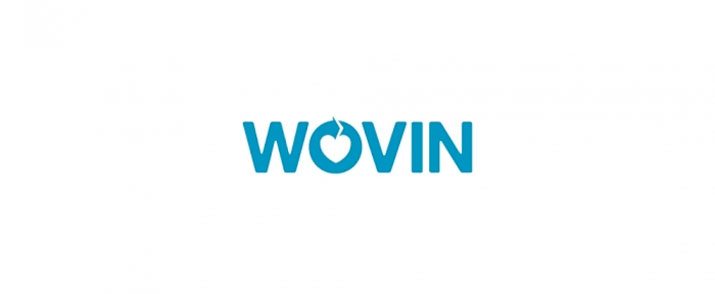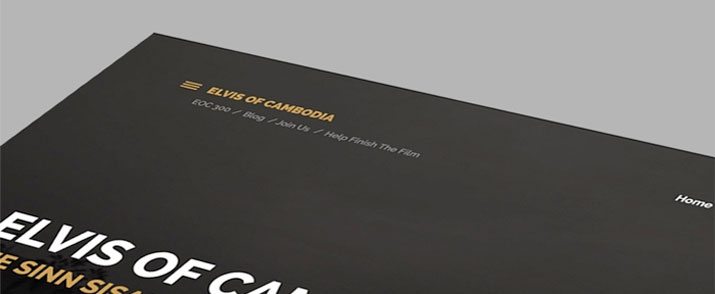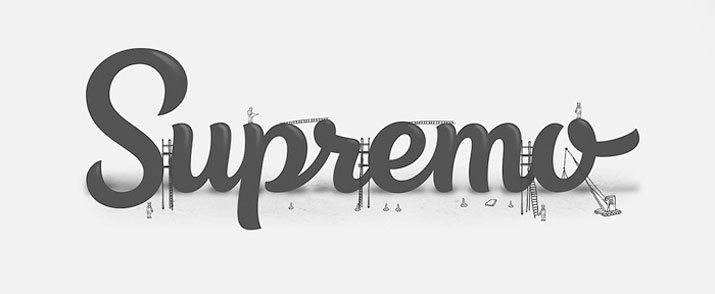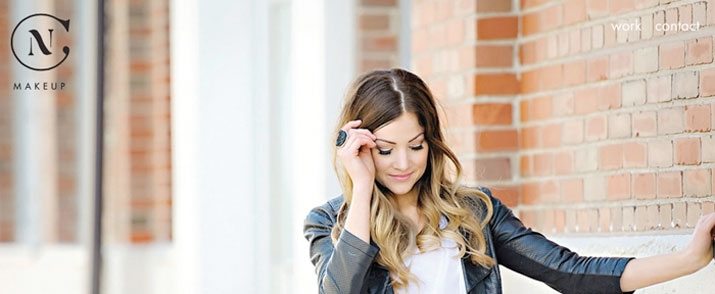10 Tips for Becoming a Better Designer
I don’t think there’s a single designer out there that thinks he or she can’t get any better. This is not the day when you are as good as you will ever be. Design and designers are constantly changing, growing and evolving. Some of it is technology, some of it is trendy; but all change happens by choice.
If you want to be a better designer, you have to do something about it. Whether that’s learning something new, trying a different type of project, or thinking about feedback and criticism. So let’s start getting better together, today!
The Ultimate Designer Toolkit: 2 Million+ Assets
Envato Elements gives you unlimited access to 2 million+ pro design resources, themes, templates, photos, graphics and more. Everything you'll ever need in your design resource toolkit.
1. Learn a New Technique or Skill

Growing as a designer starts with continued education. Whether formal or on your own, there are plenty of ways to learn a new skill or freshen up on a technique that you’ve been wanting to master.
Here are a few ways to get started:
- Take a class as a local college or online.
- Ask a colleague to show you how to do something he or she does well.
- Attend a professional training event or conference.
- Use online videos, or tutorials. (Creative Market has a great list of sites to help you expand your skillset.)
- Download a quality UI kit and pick it apart.
2. Take on a Fun or Personal Project

Sometimes the daily grid of work does not allow you to grow in the ways you want. (Maybe you’ve been wanting to test your hand in a minimalist style, but that’s not something your boss is interested in.) So take that concept on as a personal project.
Refresh or update your portfolio using a new style or technique or offer to help a friend with a small project. Some of these smaller, side projects are a great way to test out some of the ideas and techniques you want to experiment with in a more informal environment.
3. Read, Write or Pursue Other Creative Endeavors

To help keep your creative juices flowing, take part in other creative activities. Most designers agree that creativity comes fairly naturally. It is important to foster that part of your brain outside of work as well.
- Read a book
- Take photos
- Visit a museum
- Write or draw in a journal
- Listen to or make music
- Get out in nature
4. Collaborate

When you are working with other designers or any other coworkers, try to collaborate as much as possible. Sometimes we get too stuck doing our individual parts at our own desks and forget to see what else is happening around us.
Engage more in every aspect of a project. Learn what others are doing to contribute to the project and how to do it. You’ll get a better overall understanding of the complete process, respect the jobs of your teammates and maybe learn more about the process yourself. As many of us were told in elementary school: There are no stupid questions.
5. Get Organized

This may sound overly simple: Get organized.
Organization will help you feel relaxed and comfortable in your workspace and will help you work more smoothly and efficiently. It will give you extra time to think about projects, work on details and focus on the job (not where files are located).
If your desk or computer is already chaotic, this might seem a little daunting. But you can get organized in as little as a week by creating three sets of files (paper or digital) – current, finished (or to file) and trash work product. Create a system for keeps files in these folders (grouped by project) for easy access.
6. Set Goals that Will Challenge You

If you are not in the habit of setting design goals for yourself, start now. It often happens naturally in the annual review process where you work, but if not it is important to do it on our own.
Goals should be something achievable but challenging. Set deadlines for these goals and even a reward for yourself when the goal is met. (I keep small goal reminders on my computer monitor in the form of single-action sticky notes. I get a great feeling when I can pull off a note and trash it because I have accomplished that feat!)
7. Create a ‘Cover’ of an Iconic Design

Sometimes you don’t know what you don’t know, right? That’s where this fun trick comes in. Create a “cover” design of something iconic. Try to replicate – adding your own design flair, of course, something that people know well.
Before you balk at the idea, here’s how it helps:
- It will make you design elements that you might not commonly use.
- It will help sharpen your skills for identifying and matching typefaces and color.
- It will help you think about and recreate pieces of art.
- It will help you explore what works about the design you are covering and what does not.
- It will help you see trends and techniques that applied to certain periods and how they have changed over time and impacted the work you do today.
One little side note here: This is a design exercise for you to expand your creative thought. Don’t recreate a design for a project or plagiarize another designer’s work.
8. Focus on the Story

The best designs come from projects where the team really understands the story behind the final product. When you are thinking about the design, immerse yourself in the story of the brand or message of the project. Learn as much as you can about it before you even start to sketch out an outline.
And then tell that story with the design. (Every project has one; you just have to find it.)
9. Seek Feedback and Constructive Criticism

Ask for help and feedback regularly. In some environments this comes rather naturally. If you work as a freelancer or in a small office, it may not.
Constructive criticism and feedback should come from multiple sources:
- Employer or supervisor (if you have one)
- Clients
- Coworkers
- Peers and colleagues
- The design community
You may have to seek out this feedback. There are plenty of online resources to help; start with posting a portfolio and sharing the link. Behance appreciations and Dribbble shots are a good way to see what others think about particular projects.
10. Keep It Simple

Just as you would with the design itself, keep it simple when thinking about how to expand your horizons. You don’t have to quit your job and go back to design school to get better. Take small steps every day to refine your design skills.
You are already taking one step in the right direction by reading an article like this one. Reading about design and looking at what others are doing and saying about design will cause you to think about what you are doing and how it relates. Sometimes it is the little things that can make the biggest impact.
Conclusion
What have you done over the course of your career to improve you design skills? What do you plan on doing moving forward to continue to grow as a designer? These are questions every designer should ask internally every so often.
Just as design is constant changing so are the tools and techniques to create it. Continued learning and experimentation will help keep your skills fresh and your talent in demand.
Have you been inspired by the images with this article? They are from the Design Shack Gallery. Join the design community as a Design Shack member to feature your designs in the gallery, get a design newsletter and continue learning about design.
Featured Image Source: Stokpic, Totally Free Photos for Personal and Commercial Use.


